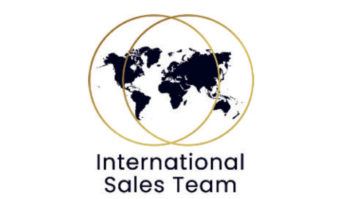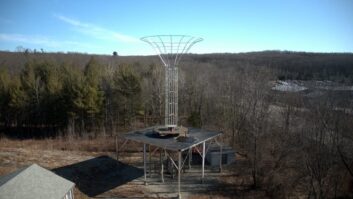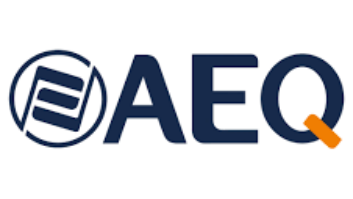As the Internet continues to grow, the legacy Internet protocol IPv4 is edging closer to running out of available addresses. The Consumer Electronics Association and carriers like AT&T, Comcast and Verizon Wireless recently held their first Plugfest for the IPv6 successor communications protocol.
CEA said this event allows CE companies to test devices with carrier networks and the custom premise equipment that are supplied to homes. This edition focused on the interoperability of IPv6, which CEA views as an “enabling technology” of the Internet of Things, allowing applications, devices and servers to find and communicate with each other. IPv6 is currently not deployed by all CE or IoT products, it says.
The University of New Hampshire’s Interoperability Laboratory brought its IOL INTACT IPv6 test tool to help participants, which include smart TV makers, network equipment makers and device makers, verify their products and prototypes against specifications. Interoperability testing was provided by UPnP Forum member CableLabs.
“This kind of event is essential to resolve myriad of small details needed for true, efficient interoperability,” Brian Markwalter, senior vice president of research and standards with CEA, said in a CEA announcement. “CEA Plugfests for other technologies, like HDMI and mobile TV, help companies ensure smooth operation of a product when the consumer plugs it in.”
CEA quoted Barbara Stark, lead member of AT&T technical staff, saying, “As the Internet transitions from IPv4 to IPv6, interoperability is not guaranteed, and industry cooperation is crucial.”
Related:
CEA Lays Out Standards (January 2015)
Let’s Demystify This IPv6 Thing (April 2012)












